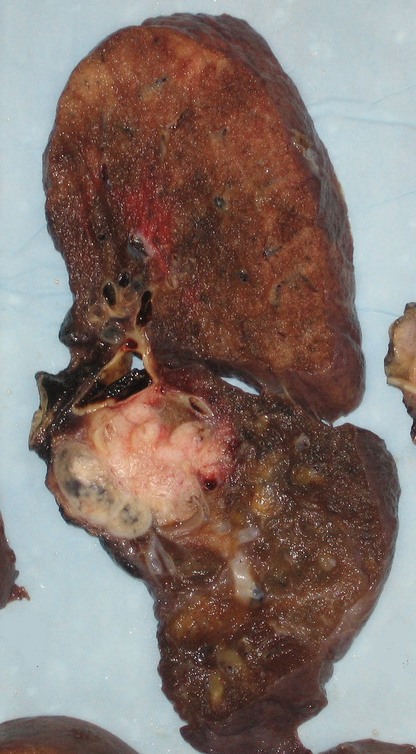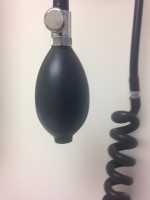Author Interviews, COVID -19 Coronavirus, Critical Care - Intensive Care - ICUs, Lancet, Pulmonary Disease / 26.08.2021
COVID-19: Awake Prone Positioning with Oxygen Therapy Reduced Treatment Failures
MedicalResearch.com Interview with:
Jie Li, PhD, RRT, RRT-ACCS, RRT-NPS, FAARC
Department of Cardiopulmonary Sciences
Division of Respiratory Care
Rush University, Chicago
MedicalResearch.com: What is the background for this study?
Response: Prone positioning has been shown to improve oxygenation and reduce mortality in intubated patients with acute respiratory distress syndrome (ARDS), as placing patients on their stomachs can help open alveoli and reduce ventilation to perfusion mismatch. At early pandemic, clinicians tried prone positioning for non-intubated patients with COVID-19 and found improvement in oxygenation. However, the evidence for patient outcomes such as intubation or mortality is still lacking. Thus we organized this international, multicenter, randomized controlled meta-trial, with 41 hospitals in 6 countries participated.
(more…)










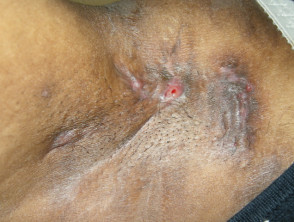

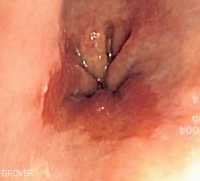
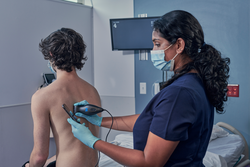
 Response: Point-of-care ultrasound is one of the most significant advances in bedside patient care, and its use is expanding across nearly all fields of medicine. In order to best prepare medical students for residency and beyond, it is imperative to begin POCUS training as early as possible. At the Lewis Katz School of Medicine at Temple University, we introduced POCUS education over a decade ago and have expanded it since then.
By providing each student with a Butterfly iQ device, we can augment our curriculum significantly. In addition to our robust pre-clinical sessions, now we will expand into the clinical years highlighting the utility of POCUS with actual patients.
This gift was made possible by the incredible generosity of Dr. Ronald Salvitti, MD ’63.
Response: Point-of-care ultrasound is one of the most significant advances in bedside patient care, and its use is expanding across nearly all fields of medicine. In order to best prepare medical students for residency and beyond, it is imperative to begin POCUS training as early as possible. At the Lewis Katz School of Medicine at Temple University, we introduced POCUS education over a decade ago and have expanded it since then.
By providing each student with a Butterfly iQ device, we can augment our curriculum significantly. In addition to our robust pre-clinical sessions, now we will expand into the clinical years highlighting the utility of POCUS with actual patients.
This gift was made possible by the incredible generosity of Dr. Ronald Salvitti, MD ’63. 






